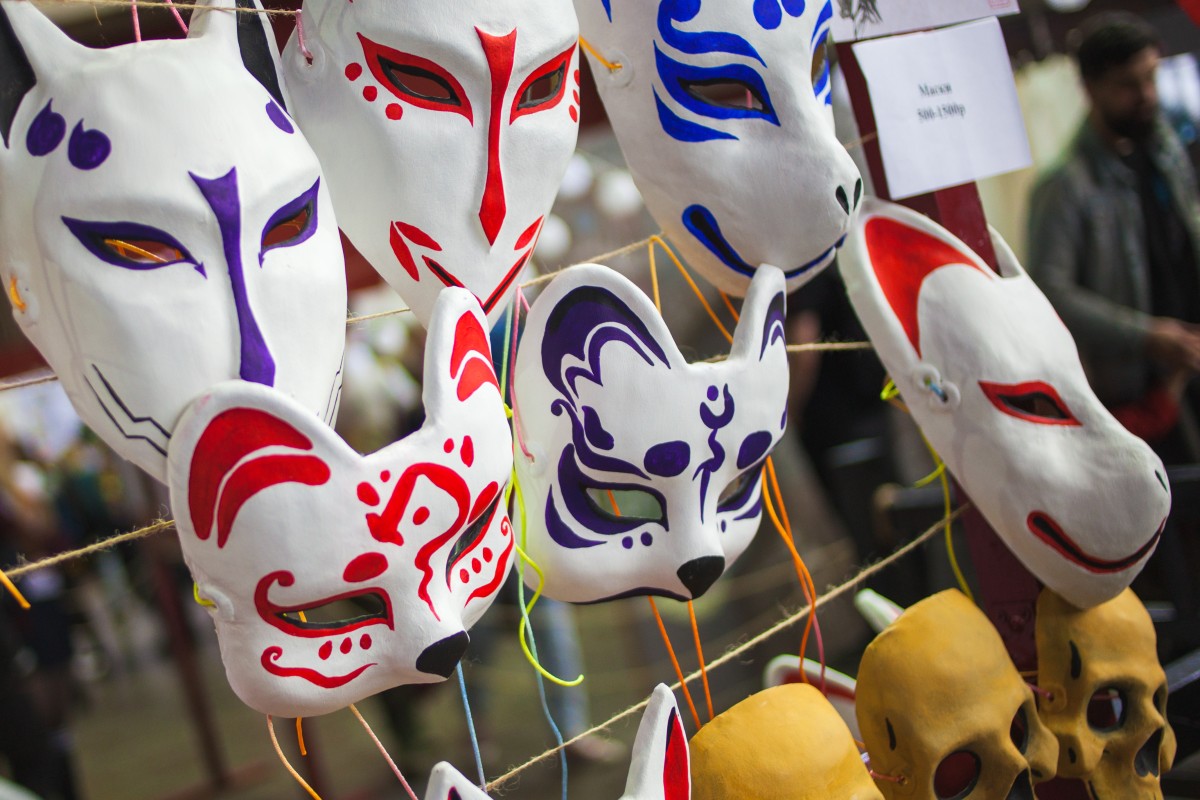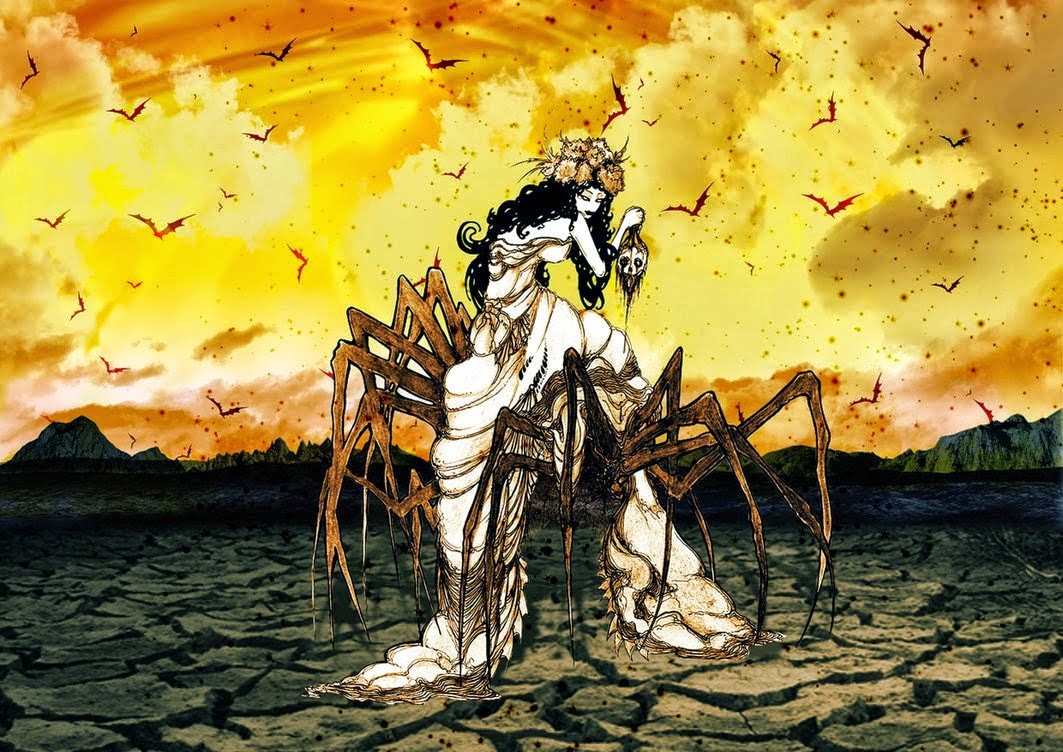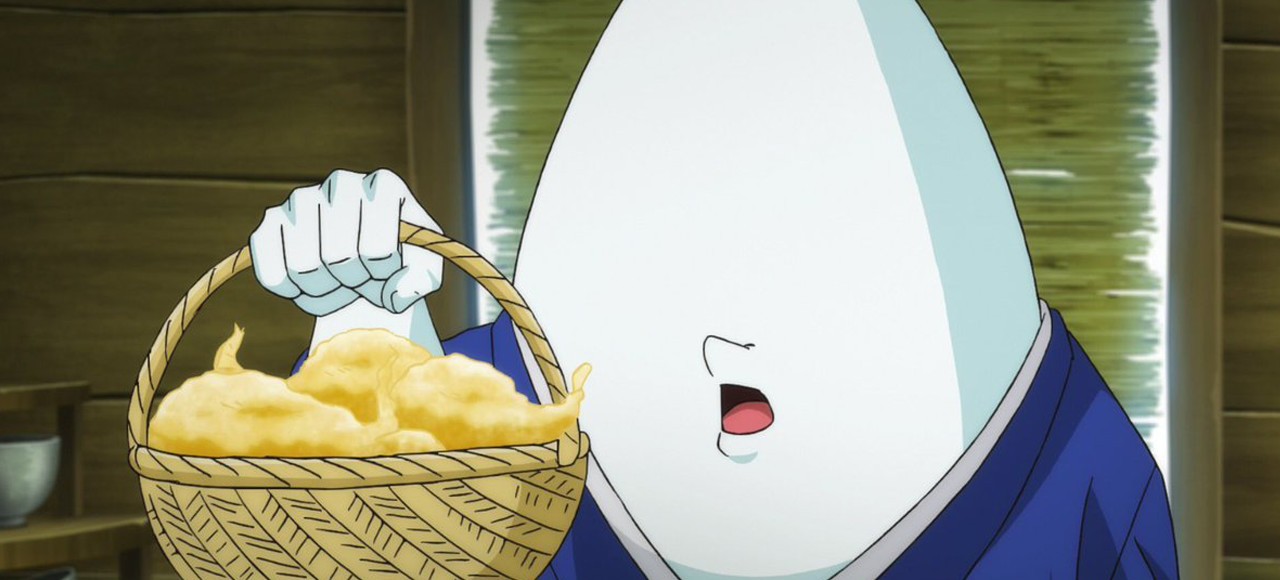Japan is known for its rich cultural tradition, and its folklore is full of creatures that transcend the imagination. These entities, known as yōkai, kami, or supernatural monsters, have fascinating stories that blend mystery, fear, and reverence. Below, we will explore ten of the most emblematic creatures of Japanese folklore.
Table of Content
Tengu: The Guardians of the Mountains
Tengu are spirits with a half-human, half-bird appearance, often depicted with long noses and wings. They inhabit mountains and forests and are known for both their wisdom and their tendency to cause confusion. Initially seen as demons, Tengu evolved into protectors of temples and masters of martial arts.

Kappa: The Inhabitants of the Waters
Kappa are aquatic creatures with humanoid bodies and turtle-like shells. The top of their heads has a cavity filled with water, representing their source of power. Although they are mischievous and dangerous, it is said that they can be bribed with cucumbers and are masters in medicine and sumo.

Kitsune: The Magical Foxes
Kitsune are foxes endowed with supernatural powers, including the ability to transform into humans. They often serve as messengers of the Shinto god Inari. Depending on the tale, they can be both benevolent and treacherous, symbolizing intelligence and mystery.

Onryō: The Vengeful Ghosts
Onryō are spirits of people who died a violent death and returned to haunt the living. They are protagonists of many Japanese horror stories, such as the famous legend of Oiwa, a betrayed woman who returns to seek revenge.
Rokurokubi: Elongated and Scary Necks
The Rokurokubi is a creature that appears to be a normal person during the day, but at night, its neck stretches in a frightening manner. These figures generally symbolize hidden secrets and transgressions, being both an object of horror and compassion.

Yuki-onna: The Snow Woman
Yuki-onna is an ethereal figure that appears on snowy winter nights. She is described as a stunningly beautiful yet deadly woman. In some legends, she spares those who show kindness, while in others, she is a relentless figure that drains the life energy of her victims.

Jorōgumo: The Spider Woman
Jorōgumo is a creature that can transform from a giant spider into an attractive woman. She lures men into her web, where she devours them. This figure symbolizes hidden dangers and deceit, serving as a warning for those who are swayed by appearances.

Nurarihyon: The Lord of Yōkai
The Nurarihyon is often described as an eccentric old man who invades homes to drink tea and cause chaos. Despite his harmless appearance, he is revered as the leader of the yōkai, representing the authority of the spiritual world.
Gashadokuro: The Giant Skeleton
Gashadokuro is a colossal skeleton formed from the bones of people who died of hunger or in war. It wanders the night, attacking the unwary. Its presence is heralded by a crackling sound that sends chills even through the bravest.
Noppera-bō: The Faceless Ghost
These spirits are known for their common human appearance, until their faces disappear, leaving a smooth and frightening surface. They are not usually violent, but their ability to cause panic is unmatched.

FAQ
What are yōkai?
Yōkai are supernatural creatures from Japanese folklore, ranging from monsters and ghosts to guardian spirits. They can be both benevolent and malevolent.
Do these creatures still belong to Japanese culture?
Yes, many of these creatures remain alive in literature, films, anime, and religious traditions of Japan, reinforcing their cultural relevance.
Are there festivals dedicated to yōkai?
Yes, in some regions of Japan, festivals like the Hyakki Yagyō (Parade of One Hundred Demons) celebrate the yōkai with parades and dances.
What is the most famous yōkai?
Although this varies, creatures like Kitsune and Tengu are widely known due to their strong presence in mythology and contemporary media.
What is the origin of Japanese folklore?
Japanese folklore has deep roots in Shinto and Buddhist traditions, as well as influences from ancient myths passed down orally through generations. These tales blend spiritual beliefs, natural elements, and explanations for phenomena that were once inexplicable.
Are these creatures still feared in modern Japan?
Although they are not feared as they once were, many of these creatures are respected as part of the country's cultural heritage. Some, like the Tengu and Kitsune, still have religious or ceremonial associations.
Is there a connection between yōkai and nature?
Yes, many of these creatures are associated with natural elements, such as mountains, rivers, forests, and seasons. This reflects the historical relationship of the Japanese people with the environment and their spirituality based on reverence for nature.
Are there historical records about these creatures?
Yes, many yōkai and mythological creatures have been documented in texts such as the Konjaku Monogatari (a collection of stories from the Heian period) and the Hyakkai Zukan, an illustrated compilation of yōkai created in the Edo period.
Why are some creatures both good and evil?
In Japanese folklore, supernatural creatures often reflect the duality of human nature and the world. They can be protective or dangerous, depending on human behavior or circumstances, highlighting the importance of balance and respect.
Do these creatures appear in movies and anime?
Yes, many of these figures inspire characters in anime, movies, and games. For example, the film Spirited Away, by Hayao Miyazaki, features several references to yōkai and Japanese mythology.
Do yōkai have equivalents in other cultures?
Yes, many cultures have similar mythological figures. For example, Kitsune can be compared to the magical foxes of Chinese mythology, and vengeful spirits like Onryō have parallels in Western ghost stories.
Do these creatures have any educational role?
Many stories about yōkai serve as moral lessons or warnings. For example, tales about Kappa teach children not to play near rivers unsupervised, while Onryō remind us of the consequences of disrespect and betrayal.
The fascination with these creatures continues to grow globally, highlighting the timeless value of Japanese folklore in connecting the past to the present. If you have the opportunity to learn more about these legends, you will realize that they are much more than stories; they are a reflection of Japan's imagination, spirituality, and culture.
